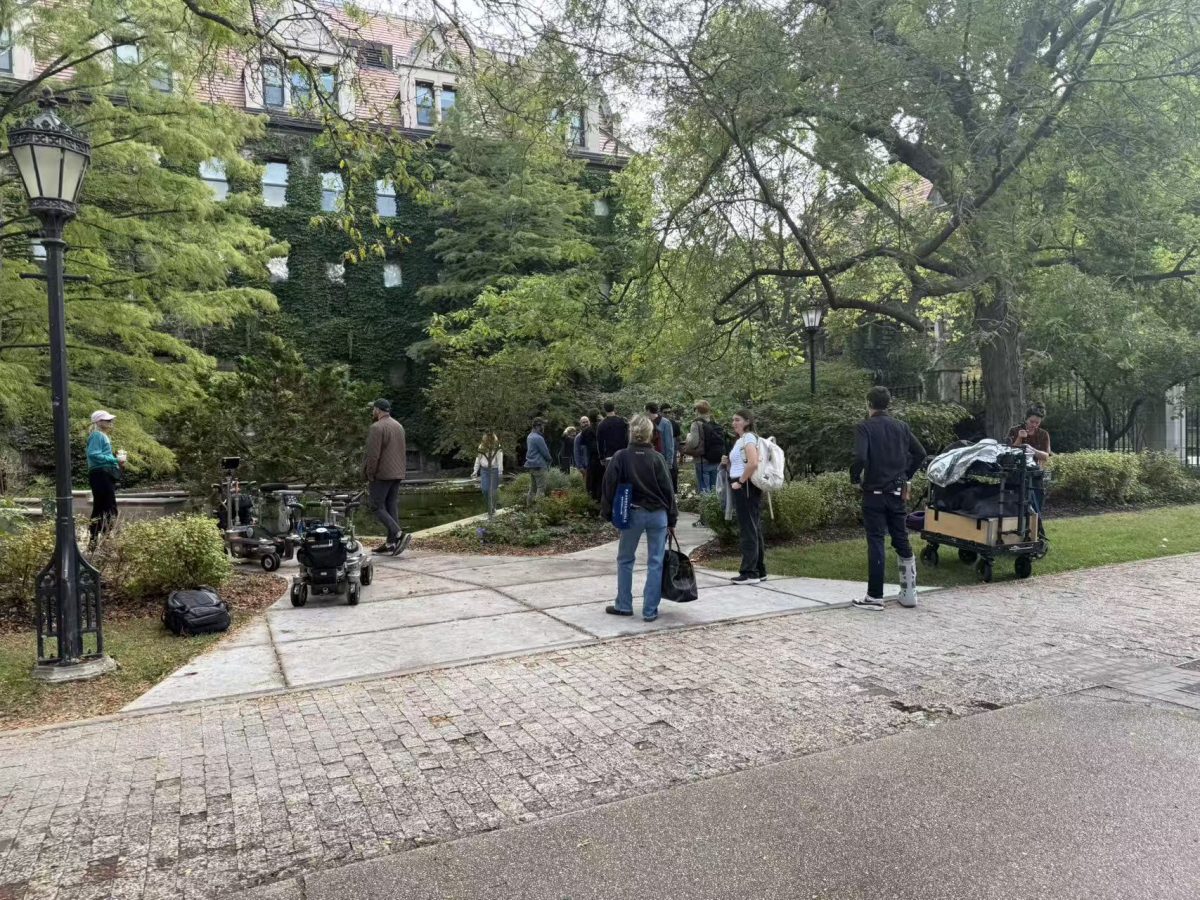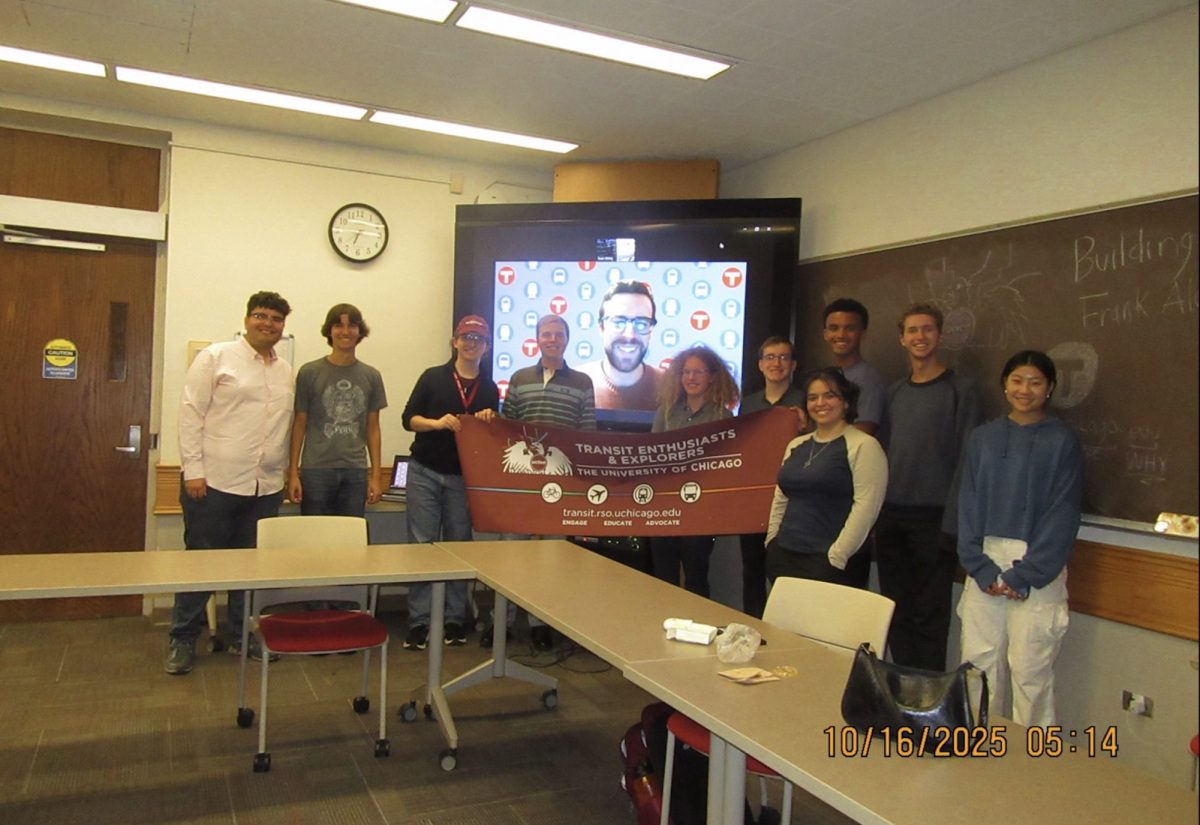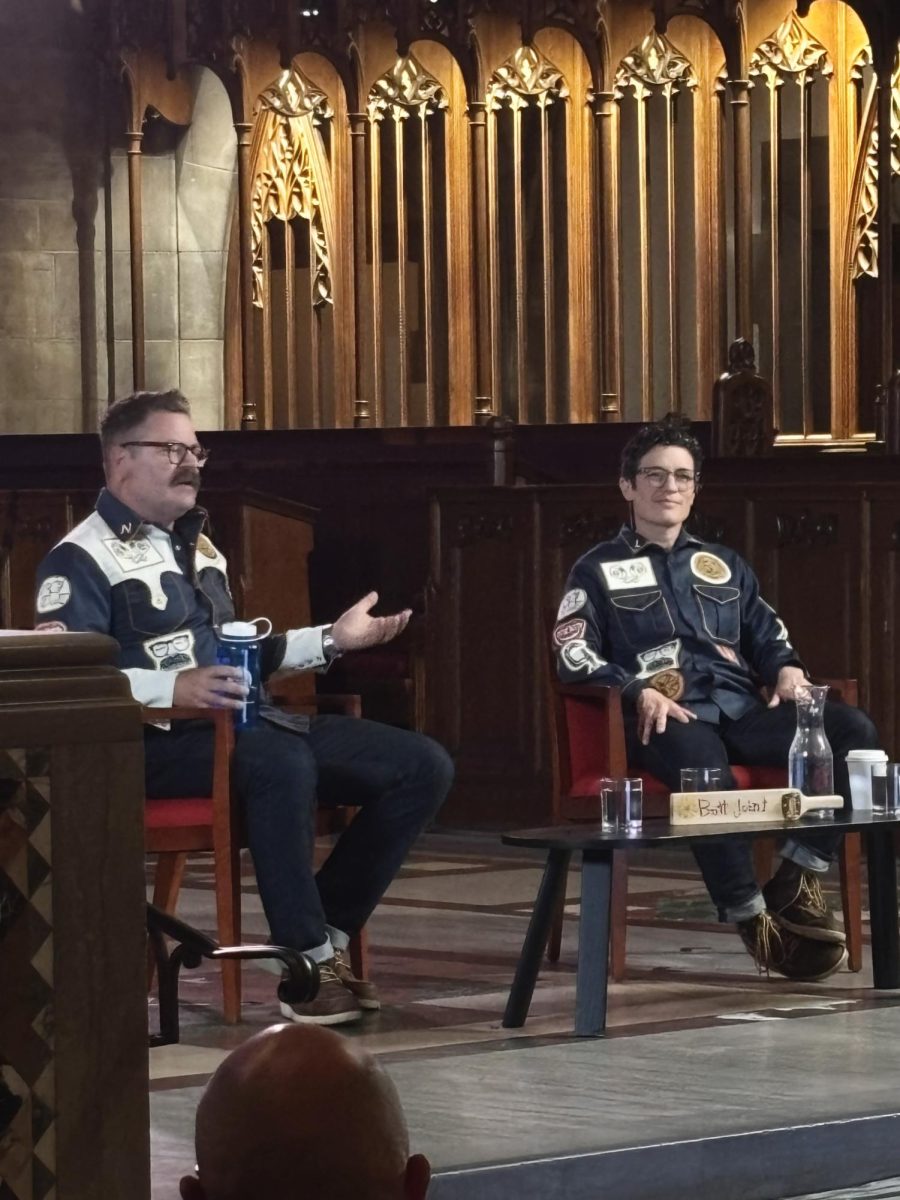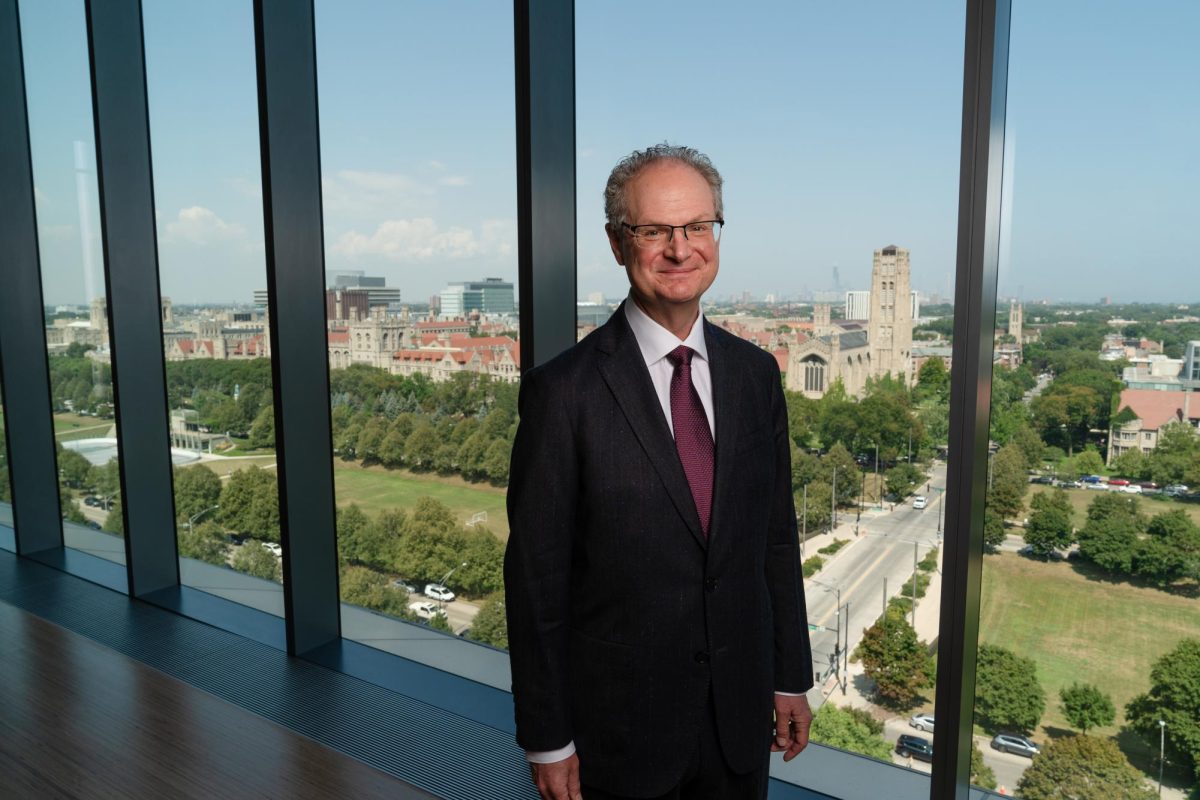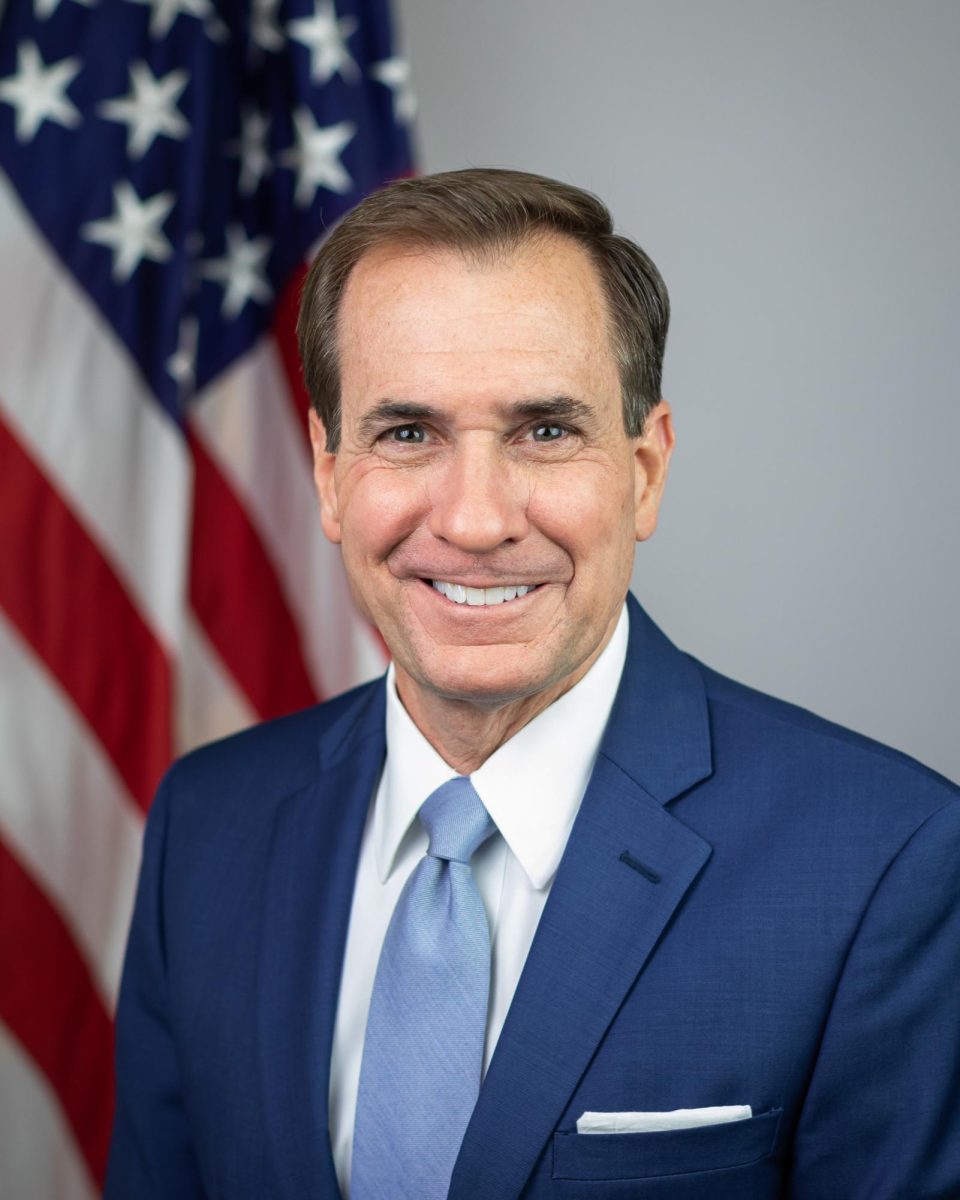Students will soon receive their federally subsidized loans directly from the government rather than through banks and credit unions, according to a University press release Monday.
The University will move to the Federal Direct Student Loan Program (FDSLP) for loans this summer, as many private lenders pull out of the Federal Family Education
Loan Program (FFELP) that the University has used in the past. Interest rates for students receiving federally subsidized Stafford loans will not change and interest rates for PLUS loans will go down, according to the press release.
“This will mean a guaranteed stable source of loan funds for the foreseeable future,” said Scott Sudduth, a congressional lobbyist for the University. “One of the problems with the recession is that private lenders are getting out of the business of providing student loans.”
Sudduth said that under FDSLP, some of the roles that private lenders now play in advising students would fall to University financial aid offices. “There are extensive personnel and expertise devoted to financial aid to begin with,” Sudduth said. “I don’t think this will be a tremendously different burden on administrators.”
Banks, credit unions, and other private lenders have backed out of the FFELP in recent years due to the credit crisis, including Bank of America and U.S. Bank in December. Students receiving loans from these banks have had to scramble to find a new source of funding.
The University currently participates in FFELP, the largest university loan program in the country, in which the federal government partially subsidizes private lenders to issue loans to students and guarantees repayment to lenders if students default on the loans. Sudduth said University students currently receive $130 million annually in federal financial aid, most of which comes in the form of subsidized loans through private lenders.
The FDSLP issues Stafford and PLUS loans directly to students, without a federally subsidized private intermediary. Students cannot participate in FDSLP if they attend a University that uses FFELP.
Once the University makes the transition, students already receiving FFELP loans will have to sign new master promissory notes through their Office of College Aid, but the change will not affect the terms of their loans.
Congress is considering legislation that would end federal subsidies to private lenders this summer, effectively making direct federal loans the only option for students and universities. In April, President Obama proposed allowing FFELP to expire, and using the subsidy money to fund more Pell grants and expand the FDSLP. FDSLP supporters argue that using third-party private lenders leads to higher administrative costs and greater risk to students.
“Congress was sending strong signals to the higher education community that they weren’t going to renew that guarantee,” Sudduth said, referring to the financial backing of private lenders under the FFELP. “The federal government has been encouraging institutions to prepare to move to direct lending.”
Critics of the change have argued that the costs associated with private lenders include individual financial counseling to students, and that without such support students might be more likely to default on loans.
But Sudduth pointed out that administrators in the Office of Financial Aid will provide support to students. “The level of counseling and assistance that they receive will not change,” he said.



